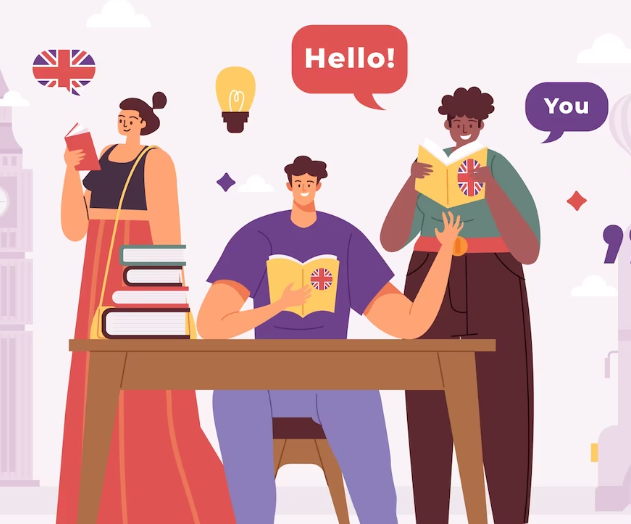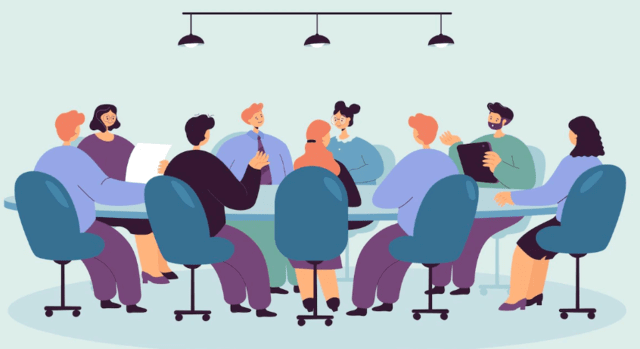In this post, you will learn about the stages necessary to teach reading effectively.
Reading is a process involving word recognition, comprehension, and fluency.
- Word recognition is the ability of a reader to recognize written words correctly.
- Comprehension is the ability to read text, process it, and understand its meaning.
- Fluency is the ability to read a text accurately and quickly
Teaching a reading lesson requires that you are familiar with the framework used to teach a reading lesson.
A reading lesson is made up of activities to activate students’ background knowledge and present new vocabulary and tasks while students read the passage and after the reading is over.
Tabla de contenido
Stages for Teaching Reading
These are the three stages that you should follow during a reading lesson.
- Pre-Reading Stage
- While-Reading Stage
- Post-Reading Stage
Reading Lesson: Pre-Reading
Pre-reading activities are activities that help students think about what they know about a topic and predict what they will read or hear.
The purpose of pre-reading activities is to:
- Establish a purpose for reading
- Improve vocabulary so students can complete the reading task successfully
- Predict what they are going
- Establish what they know about a topic
Some examples of pre-reading activities are:
- KWL Charts: Have you ever used KWL Charts in the classrooms, KWL Charts are simple. Just have students write everything they know about the topic (K column) and everything they want to know (W column) and what they learned after the reading (L Column)
- True or False: Let’s take the example of the influence of social media on teenagers again, you can come to the classroom and read a few statements and ask them if they think those statements are true or false. don’t reveal the answers and let them confirm if they were right or wrong when they are doing the reading.
- Videos: There is so much good free content available these days. First, find a short video relating to the topic of the reading. I would suggest something around three minutes long. After watching the video yourself, prepare some simple discussion questions. Play the video and then ask the students to talk with a partner about what they saw.
- I’m listening to You: Ask students to work in pairs. Challenge them to talk in English for 1 minute about a topic. Repeat with a new topic, students change roles.
For more information on pre-reading activities, please visit 15 Examples of pre-reading activities
Stages for Teaching Reading: While Reading
While-Reading Activities are defined as activities that help students to focus on aspects of the text and to understand it better.
The goal of these activities is to help learners to deal as they would deal with it as if the text was written in their first language.
These are some examples of while-reading activities
- Identify topic sentences and the main idea of paragraphs. Remember that every paragraph usually includes a topic sentence that identifies the main idea of the paragraph.
- Distinguish between general and specific ideas. If you want to know what I mean, have a look at this reading exercise
- Identify the connectors to see how they link ideas within the text. For a full list of linking words, have a look at these linking words grouped by category.
- Coding text involves teaching students a method of margin marking so they can place a question mark next to a statement they don’t understand or an exclamation mark next to something that surprised them.
For more information on pre-reading activities, please visit 10 Examples of while-reading activities
Stages for Teaching Reading: Post Reading
Post-reading activities help students understand texts further, by critically analyzing what they have read
These are some examples of post-reading activities:
- Creative Discussions: Prepare four or five simple questions and ask students to talk about those questions for 3 minutes and after that ask one member of each pair to go and talk to another person in the group.
- Quiz Your Classmates: Ask your students to prepare 5 questions about what they read, once they have them ready, you can tell the students to make groups of 4 and then they can ask those questions to each other.
- Finding Related News: After students have finished reading, they can browse the internet for a new related to something they read, for example: if they read something about morals and values, they can find examples of altruism on the web and they can share that information with their classmates.
If you need to learn more about post-reading activities, please visit my article about 10 Post-Reading Activities for the English Classroom

